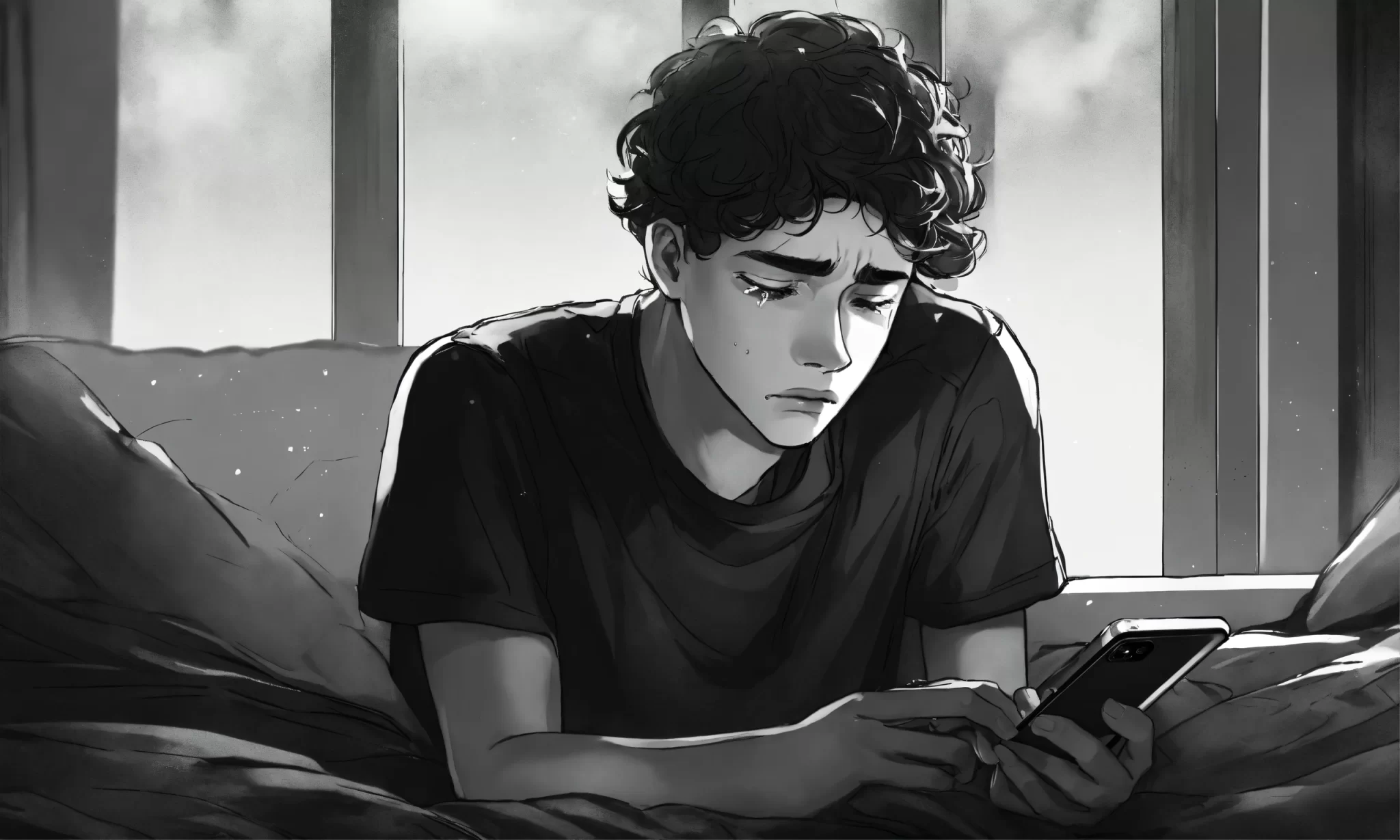Introduction
Depression and anxiety are two of the main ten mental disorders that hinder the lives of millions of people. The symptoms of depression are usually continuous feelings of sadness, loss of interest in activities as well as other signs and symptoms, emotional and physical. Anxiety is characterized by feelings of worry or fear, which may interfere with normal functioning of an individual. Though these condition ties are different from each other, they get inaugurated together and this make the problems more complicated for those involve.
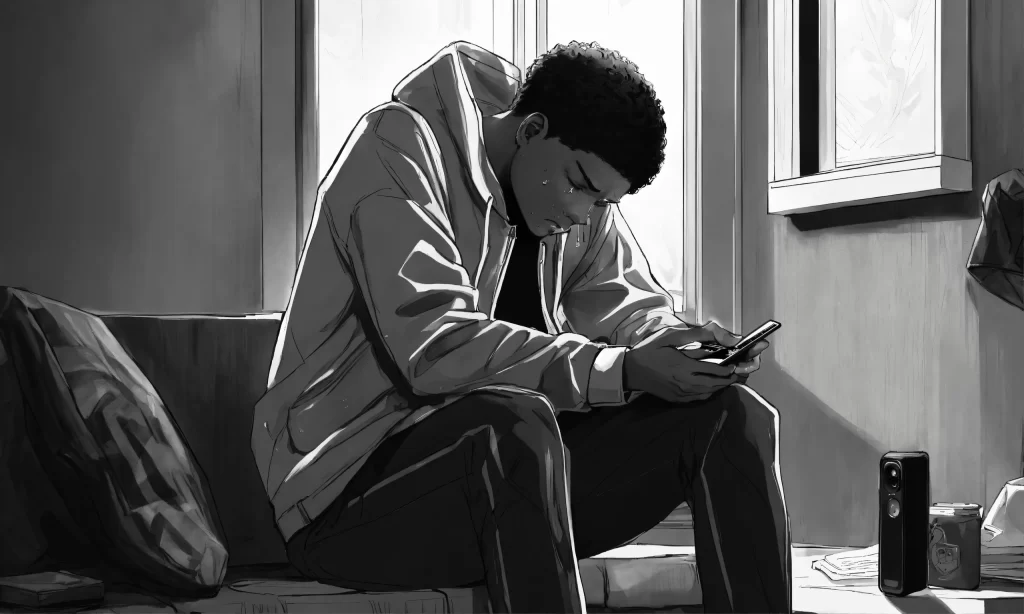
Both depression and anxiety are important to be treated and managed in a proper way so that the patients could get an effective support. Knowledge helps one to identify signs and ensure to get right intervention and use correct methods of handling stressors. It also increases tolerance among the relatives, friends and neighbors and other members of the society for the individuals affected by these disorders.
Depression and anxiety are common in society at the moment. One in six grown-ups will endure from discouragement for at slightest one year at a few point in his or her life time. The uneasiness disarranges share the comparative predominance as other sorts of uneasiness disarranges are moreover show in each individual.
Understanding Depression
Major Depressive Disorder (MDD)
Major Depressive Disorder is a kind of depression that affects a person very negative way. MDD is not the same as individual every so often or for a minute feeling low or in a low-spirited disposition but it involves serious and persistent indications that meddled with the diverse angles of life such as business, interpersonal connections, and indeed individual cleanliness.
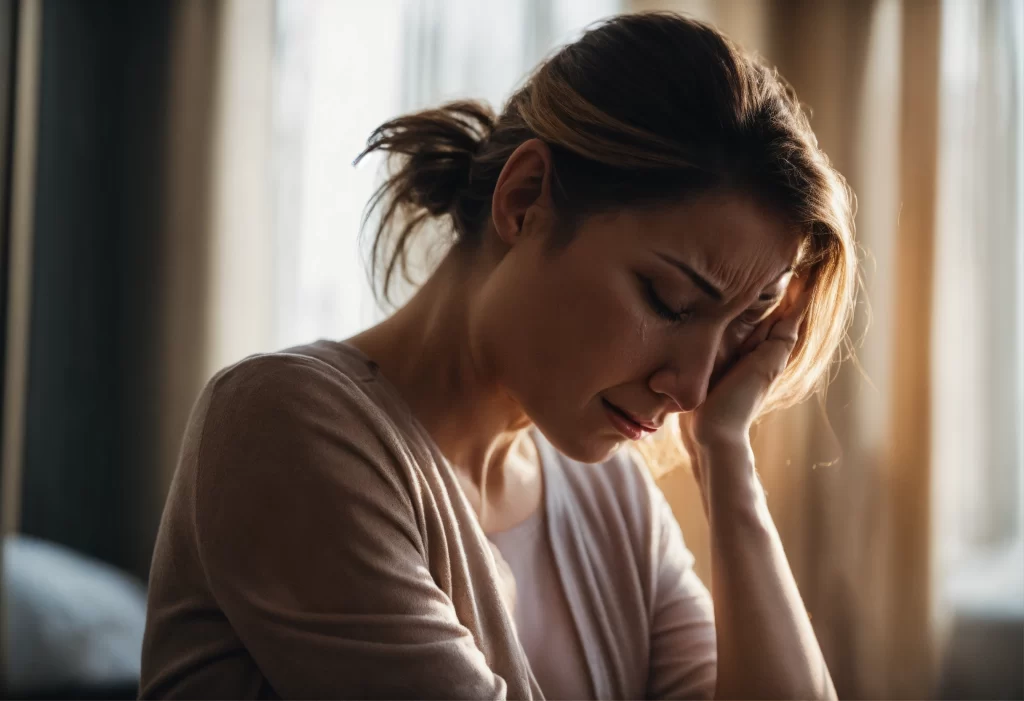
Common Symptoms
Individuals with MDD experience a range of debilitating symptoms:
- Persistent Sadness: A low, flat affect without clear cause present for at least two weeks that persists for more than half the day, almost every day.
- Loss of Interest or Pleasure: Lack of interest for activities that were previously of importance, also well known as anhedonia.
- Difficulty Concentrating: Difficulties in the executive processes which include; ability to pay attention, make a decision or recall information.
- Changes in Appetite and Sleep Patterns: From 6 to 9 percentage points weight change or other sleep disturbances including insomnia or hypersomnia.
- Physical Symptoms: Tiredness, tired, lack of strength, tired fatigue, body aches without physical reason, and languid.
- Feelings of Worthlessness or Guilt: Low self-esteem if the child indulges in excessive self-blame or has such feelings as, ‘I am not good enough’.
- Suicidal Thoughts: Self destructive thoughts repeating contemplations of passing, distraction with dangerous things, real endeavor at suicide.
Contributing Factors
The process of developing MDD is considered to be intricate and includes numerous factors be it biological, psychological or social ones. Several factors interplay to increase the risk:
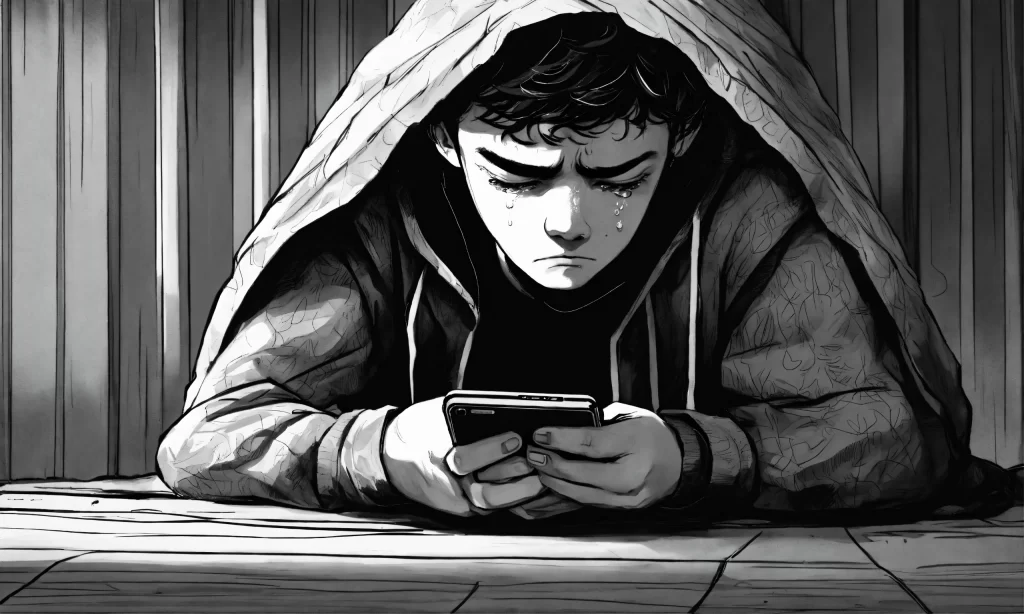
1) Genetic Predisposition
That is why, presence of MDD risk factors such as a family history of depression can make an individual more prone to onset of MDD. Scholarly research shows that there is evidence that this disorder has a hereditary component, with the genes being responsible for 40 per cent of the risk.
2) Neurochemical Imbalances
The chemicals such as serotonin, norepinephrine, and dopamine influence the state of moods. Imbalances in these neurotransmitters are with depressive disorders.
3) Environmental Stressors
Life events and environmental conditions are also important. These may include:
- Chronic Stress: Chronic stress resulting from fiscal issues ,work-related issues or family issues for instance marital stress.
- Trauma: Childhood or adult trauma circumstances, for example, physical or psychological mistreatment or major loss.
- Substance Abuse: They have indicated that alcohol or drug abuse are likely to worsen the condition of depression.
Knowledge of these factors assists in explaining why some people have a higher risk of acquiring MDD than other people. To reiterate the complexity inclusive of the onset part why it is advisable to be inclusive of a holistic approach for relevance of cure with support.
Treatment Approaches for Depression
From the above examples, it is clear that depression is not just a temporary phase of bad mood but it calls for massive treatment measures to be applied. Psychotherapy is one of the main evidence based treatments which are used in the treatment of depression. In the domain of psychotherapy there is one that is more noteworthy– Cognitive Behavioral Therapy. CBT assists people to promote change of the negative thoughts and behaviors that may have contributing factors towards depressive conditions.
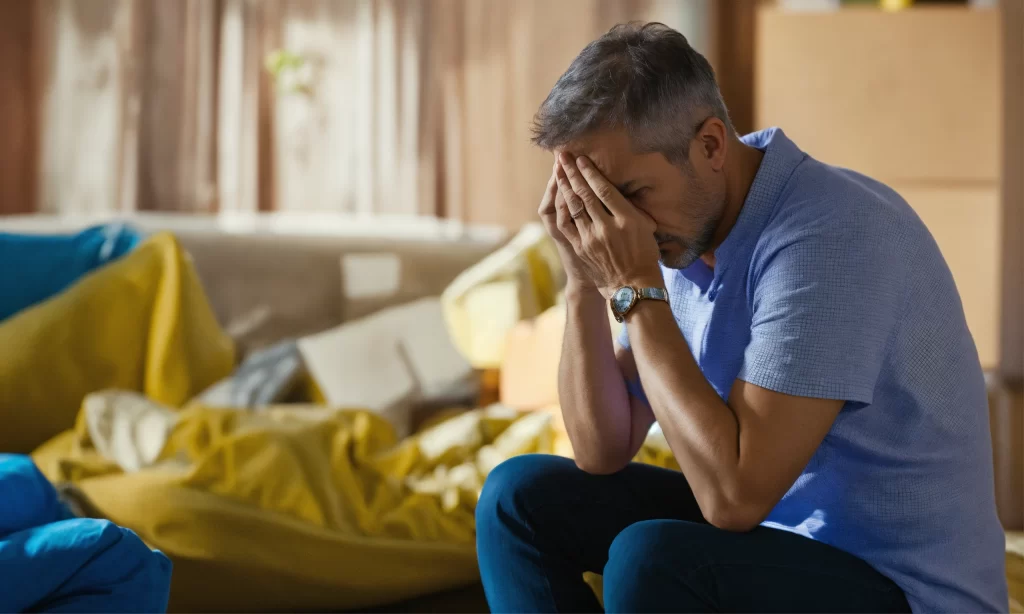
Importance of support system
While professional help is indispensable, a holistic approach that integrates social support from friends and family members enhances treatment efficacy:
Social Support
- Family and friends support can help in comforting a person and in turn help in preventing the feelings of loneliness.
- Evidences have shown that screened practical support like help with chores can ease some of the stress factors that cause depression.
Lifestyle Modifications
- The benefits of exercise include increase in mood and energy.
- Proper nutrition plays a role in good health and cognitive function, that is, protective factors for stroke.
When people with depression use psychotherapy, medicines and strong support systems together, the comprehensive method to treat disorder is implemented.
Understanding Anxiety Disorders
Generalized anxiety disorder is one a type of anxiety disorder, which is characterized by problems with excessive worry, fear, and important injury in daily life. Normal anxiety can be rated for witnessing or simply experiencing stress whereas anxiety disorders refer to a continued irrational fear that hinders normal functioning.
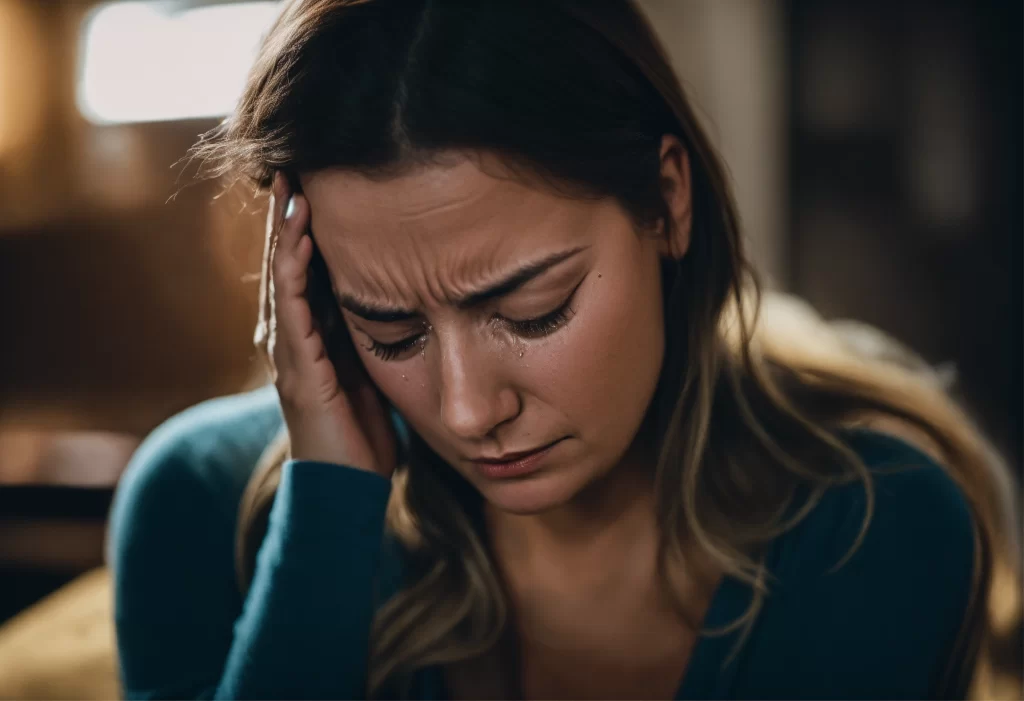
Common symptoms of Anxiety disorders
People with anxiety disorders may experience various symptoms, such as:
- Restlessness: Generalized anxiety which encompasses being irritable or easily stressed and not being able to find enjoyable moments or to laugh.
- Irritability: Developing more irritability or basically getting pin for small things which was not there earlier.
- Physical Symptoms: These may include increased rate of pulse, high level of tension in muscles, excessive perspiration, shaking, generalized stomach upsets such as nausea among others.
Physical and Emotional Impact
It was also found that anxiety disorders do not only manifest in one’s thoughts, but on the body as well. When anxiety turns into chronic, the physical manifestations of the emotion can cause long-term illnesses such as high blood pressure and a weakened immune system. This interrelation of the mind and body demonstrates just how severe these disorders are for an individual’s well being.
Recognizing the Signs
The following are some of the ways that you can identify anxiety disorders; By knowing how anxiety disorders manifest, you will be able to diagnose the problem early enough
- Constant worry: A failure in one’s ability to cease thinking on various aspects of one’s life.
- Trouble sleeping: Usually going to bed, or rather trying to fall asleep, however, one’s mind keeps on working through the night.
- Difficulty concentrating: Suffering from a chronic inability to concentrate because there’s always something in the back of your mind.
These signs therefore help the affected persons, friends and family to search for the right treatment and ways of coping in the future. In addition, and to also enhance these signs’ identification, awareness must be made.
Various Types of Anxiety Disorders
Knowledge about kinds of anxiety disorders enables to identify particular signs and to find proper treatment. Here are three common types:

Generalized Anxiety Disorder (GAD)
Generalized Anxiety Disorder (GAD) is where you worry all the time and it’s impossible to turn it off regardless of the circumstances. Just think about feeling that every day is terrible, your work is terrible, your relationships are terrible, and even ordinary chores which should not even cause a second thought are terrible. It is as if your thinking and brain processes are always taxed even when the body and its surrounding environment is at rest. It remains constant which can cause difficulty to concentrate, feel always exhausted, or have somatic complaints of muscles aches or head ache.
Social Anxiety Disorder (SAD)
Social Anxiety Disorder or SAD is a mental disorder that affects a person who usually has a great fear or anxiety in any social setting. Again, this is not-normal shyness or anxiety but an actual full-blown, crippling fear that will interfere with day-to-day functioning. The sufferers of SAD usually think that they will be humiliated or judged by other individuals or embarrass themselves in public places. Key characteristics include:

- Fear of Negative Evaluation: People with SAD are highly anxious about being embarrassed or humiliated in front of other people.
- Avoidance Behavior: This can be seen from forms such as refusing to speak in public or go to a party or even eating at restaurants.
- Physical Symptoms: Common ones include blushing, sweating, trembling, nausea, and stammering or going red in the face while speaking to people or being in the company of other people.
Panic Disorder
Panic Disorder can be described as an anxiety disorder characterized by unexpected panic attacks that are also repeated; panic attacks refer to pronounced periods of fear or anxiety that are sudden in their occurrence. Such attacks are frequently preceded with some physical sensations, and such an episode can cause great suffering.
- Sudden Onset: Those suffering from panic attacks may tell that they begin all of a sudden and without any cause.
- Intense Physical Reactions: These are; palpitations, chest pain, dyspnoea, vertigo, and gastrointestinal disturbance.
- Fear of Future Attacks: As a result of the effects of the first attack, other feelings can arise such as fear of having another attack and this can cause several alterations to behavior so as not to encounter it.
Identifying these different kinds of anxiety disorders helps in subsequent treatments and administrations because they assist in the development of varied strategies to treat each of them.
Causes and Risk Factors for Anxiety Disorders
There are many factors that may contribute to the development of anxiety disorders and these are not all mutually exclusive. These causes and the risk factors must be taken into account so that the issue can be solved at the source and possible solutions be sought.
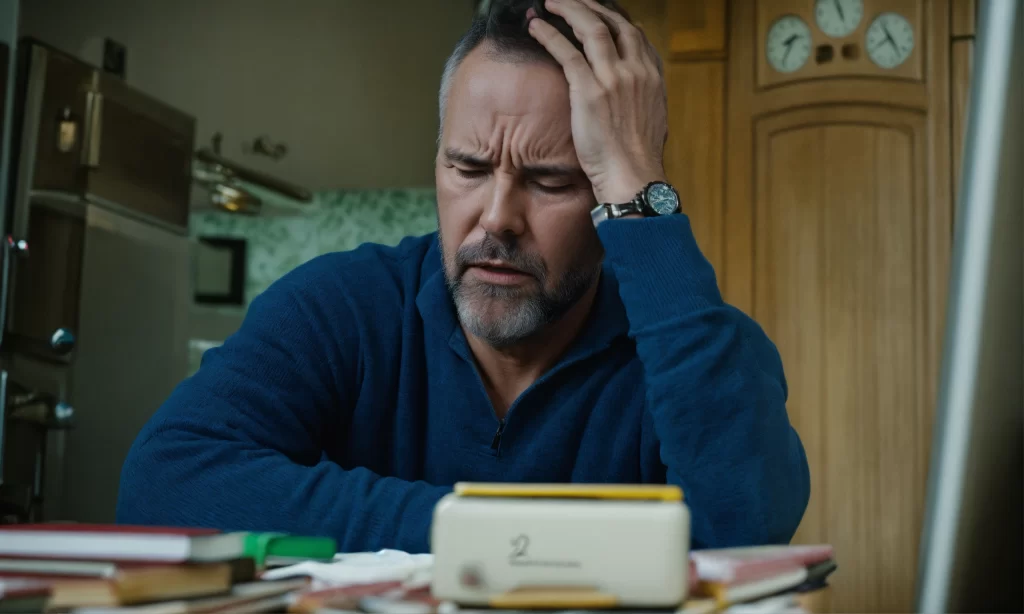
Early-Life Stress
One’s early-life events have a vital role to realize the one’s mental heath perspectives. Childhood adversity or neglect is associated with different anxiety disorders later in the development of the child. Children exposed to:
- Chronic stress: The day to day stressors, that could include family conflict or financial stress can predispose one to anxiety.
- Neglect: Childhood lack of parental affection and care results to development of symptoms such as insecurity, fear, etc.
- Abuse: Child abuse can result in the human psyche disorders and increase the probability of receiving anxiousness disorders, if one has experienced physical, emotional or sexual abuse during childhood.
Trauma Exposure
Stressful event is one of the main causes of anxiety disorders. Persons who have undergone through different sorts of aggression may develop symptom of anxiety. These events include:
- Natural disasters: Staying alive during an event such as earthquake or floods brings along with it a lot of fear and anxiety.
- Accidents: Get involved in severe accidents may lead to a continuous anxiety of trauma.
- Violence: People who have been attacked violently, or saw violence happen may be able to develop PTSD or other anxiety disorders.
Family History
Research has found out that anxiety disorders run in families thereby implying that they are hereditary. When parents have anxiety, the chances are high that their children also might have the same problems or siblings seeing that they are closely related. This supports the knowledge of family mental health history which is a significant factor in understanding one’s genes.

Understanding these causes and the risk factors is helpful in deducing a multi-approach in the management and treatment of anxiety disorders. Explicitly identifying the risk factors about early-life stressors, trauma exposure, and genetic predispositions, it is possible to develop the interventions that would decrease these risks.
Lifestyle Changes for Managing Anxiety
Therapy and medication, lifestyle changes play a significant role in managing anxiety: While therapy and medication constitute important measures in the treatment of anxiety disorders, changes in peoples’ daily behavior also help fight the disease.

- Regular exercise: Stress hormone tend to be elevated when one is involved in rigorously physical activities this has the advantage of flooding the body with endorphins which improves ones mood.
- Healthy diet: Small portioned meals with a ample amount of fruits and vegetables, lean meats and whole grain food products are good for the human mind.
- Adequate sleep: Attention should be paid to the fact that anxiety as a consequence of poor sleep should be addressed because this will affect the extent of the condition.
- Mindfulness practices: Other exercise methods which include; meditating, exercising in yoga fashion and deep breathing are equally as useful in calming an overloaded mind.
Such approaches are mutually reinforcing in the sense that they sit down and find a way of coming up with a holistic plan of handling the anxiety disorder psychological and physiological aspects. The former is backed up by friends and families which surround them with a network of understanding and encouragement.
Stress Management Techniques for Mental Well-Being
The problem of emotional balance is the main one to mention as their correct regulation is crucial to prevent the relapse or aggravation of the state of depressions and anxiety disorders. Effective coping styles can also do a lot in enhancing mental well being; and therefore help to maintain steadiness in a particular mental status.
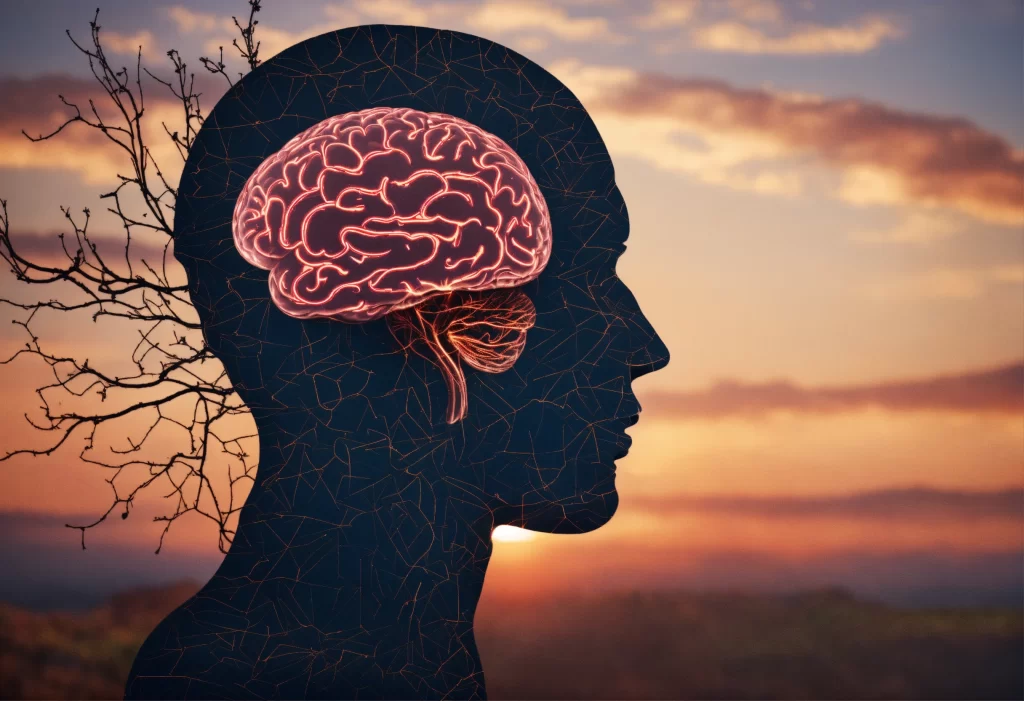
Coping Strategies
1. Mindfulness Meditation
Well, the word being mindful means the ability of people to focus on aspects that are happening in the present times and also to minimize the attention given to feelings that may not be positive. There are various techniques which can be used include guided image where a trainer controls quantities for some time and breathing and body scan.
2. Physical Activity
Another advantage of exercising is that it assist in the manufacture of endorphins which are natural chemicals in the brain that enable you to feel happy. Even simple stretching like walking, jogging yoga or even a basic dance has been widely recommended in treating both depression and anxiety.
3. Healthy Lifestyle Choices
Another important aspect concerning the physical well-being of people is their proper diet, accommodation, reduced amount of alcohol and caffeine intake. Smart foods; those foods that contribute to the proper functioning of the brain are, green vegetables, nuts, and fish.
Relaxation Techniques

1. Deep Breathing Exercises
It can trigger the relaxation response on the body due to the long pauses that this exercises facilitates in breathing. Even such as elementary activities as diaphragmatic breathing or several breaths in can be among the most efficient means of combating stress.
2. Progressive Muscle Relaxation (PMR)
Various muscles in the body, like those in the face, must contract and relax in order to achieve this. PMR enables a reduction in the psychological tension linked to anxiety.
3. Visualization
In other words one can reconstruct a new notion of a scene, which is meaningful for the purpose of obtaining a feeling of relaxation. It is widely agreed that visualization techniques normally relate to actual and comparatively vivid somatic experiences for effective use.
Social Support
Being in a companionship with friends, family or other members assist in giving consolation and at times direction on what to do. There are the feelings that can be discussed with other people which in return help to lighten the load.

Professional Guidance
When one consults professional help professionals in mental health, people are assured of the best treatment that relates to their particular cases. There are procedures such as the cognitive behavioral therapies which are said to be effective in handling stress.
By the use of such relaxation techniques and coping mechanisms, people are capable of fortifying the barriers against stress which may worsen depressive and anxiety disorders.
Seeking Help : When to Reach Out for Proficient Support
As part of creating awareness of mental health in the community this article provides further information on symptoms of Depression and Anxiety. Normally, if a person is mostly sad, lacks interest in things that once interested them, has more worries than usual or has any of the physical symptoms such as fatigue or chest pains, they should seek help.

This section provides information regarding what basic parameters should be used to evaluate changes in cases of a large scale health event:
- Persistent Symptoms: Discomforts which are of two weeks or even more and interfere with normal schedules and any emotions or even physical symptom.
- Severity: And when this ‘hopeless feeling’ occurs rather often; and anxiety turns into isolation from common social interactions.
- Impact on Functioning: Mental issues including difficulty with interpersonal relationship, ability to go to work or school or conduct household chores.
Steps to Take:
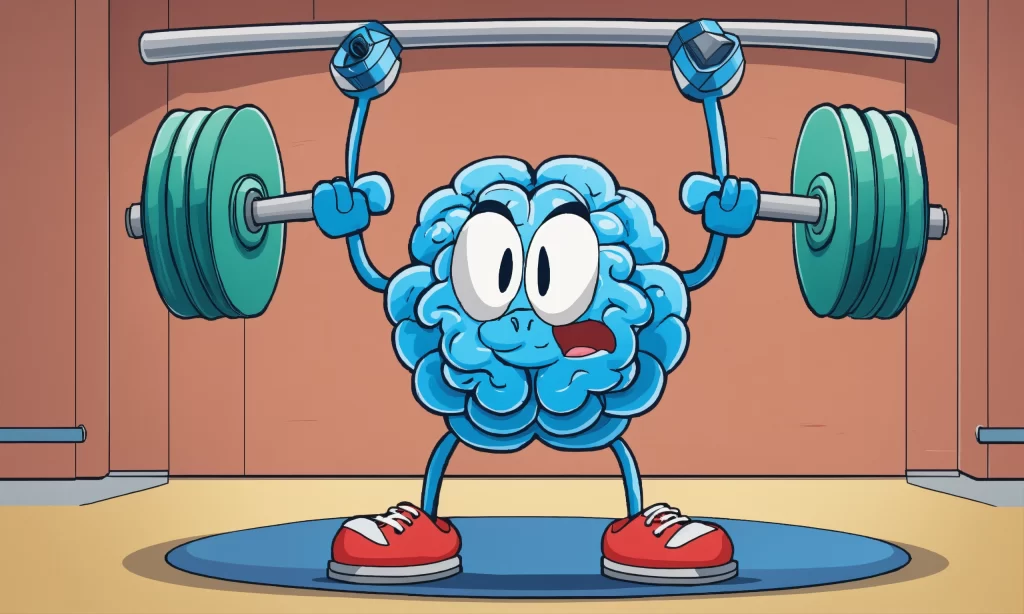
- Consult a Healthcare Provider: A GP can do first line care and refer a client to a mental health worker.
- Seek a Mental Health Professional: Psychologists , psychiatrists and licensed counselors are the ones who are able to assess a patient and then advise on the way forward about the kind of treatment to be administered.
- Reach Out to Support Networks: Another source can also be from friends, families and even group of people who may also be struggling with the same issues.
Encouraging positive mental attitude and environmental creation as well as early prevention demonstrates assistance in developing a well-being human beings.
(Frequently Asked Questions)
What are depression and anxiety?
Depression and anxiety are two of the improved famous mental health disorders, which affect the working of persons. I believe that every person should know about such disorders to gain better control and methods to be put in place in relation to these disorders should be in place.
What is major depressive disorder (MDD)?
MDD is not the same as individual every so often or for a minute feeling low or in a low-spirited disposition but it involves serious and persistent indications that meddled with the diverse angles of life such as business, interpersonal connections, and indeed individual cleanliness.
What treatment options are available for depression?
In formation, treatment or management of depression involves the use of pharmacological therapy: use of antidepressants and psychological treatment: cognitive behavioral therapy. They explain that there is thus a need to promote the professional help along with the social support.
What are the symptoms of anxiety disorders?
General anxiety disorder is one a type of anxiety disorder, which is characterized by problems with excessive worry, fear, and important injury in daily life. Normal anxiety can be rated for witnessing or simply experiencing stress whereas anxiety disorders refer to a continued irrational fear that hinders normal functioning.
How do early-life experiences affect anxiety disorders?
It has been postulated that temperamental traits such as childhood, trauma or abandonment, may explain the onset of anxiety disorders in adulthood. Some of the effects of traumatized individuals are that they are bound to have anxiety or develop future anxiety disorders.
When should someone seek professional help for depression or anxiety?
The public should seek help from a doctor in case they have signs that suggest that they have depression or anxiety that is painful to them. Importance of mental health literacy is as much as everyone needs some level of it in order to be in a position to know when to seek help.
